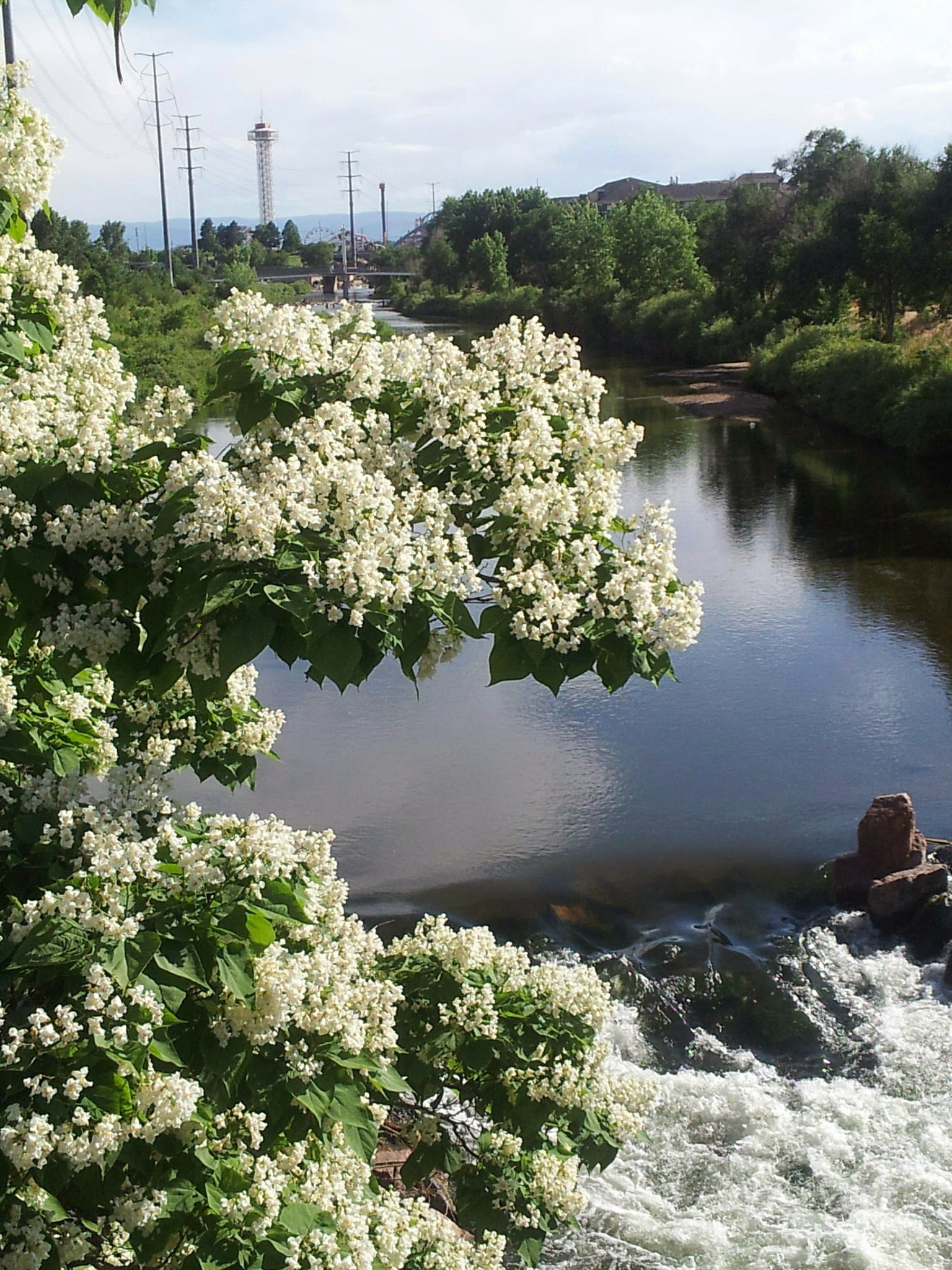Healthy fish populations depend on well-functioning aquatic ecosystems, making habitat restoration vital to fishery sustainability. Restoration projects aim to rehabilitate natural waterways, improve fish habitats, and address issues like pollution, invasive species, and habitat loss. Across Colorado and the U.S., dedicated efforts to restore these environments are essential for maintaining biodiversity and improving fishing opportunities.

Key Habitat Restoration Strategies
-
Streambank Stabilization: Erosion can degrade riverbanks, leading to sediment buildup in streams, which impacts fish breeding habitats. Streambank stabilization projects involve planting native vegetation and installing barriers to protect the banks. Check out Western Native Trout Initiative
-
Fish Passage Improvements: Dams and other human-made barriers can block fish migration routes. Restoring these passages, often through fish ladders or dam removals, allows species like salmon and trout to access spawning grounds. See what the Blue River Watershed Restoration has accomplished.
-
Riparian Buffer Zones: Riparian zones are areas of vegetation alongside water bodies that play a critical role in maintaining water quality. Restoring these areas prevents runoff, filters pollutants, and provides shade, which helps regulate water temperature for fish.
-
Wetland Restoration: Wetlands act as nurseries for many fish species. Restoring degraded wetlands involves re-establishing water flows and plant communities that support aquatic life. Check out the EPA Wetlads Restoration
-
Invasive Species Management: Removing invasive species from water bodies is critical to restoring balance in aquatic ecosystems. Native species often struggle to compete with invasives, and their removal allows ecosystems to thrive.
Ongoing Projects in Colorado and Beyond
Colorado and other regions have been investing in various fish habitat restoration projects. For example, the restoration of the Blue River in Summit County focuses on reducing sedimentation and improving fish habitats through riparian zone restoration and water flow management. Check out: American Rivers Habitat Projects
The Importance of Collaboration
Successful habitat restoration requires collaboration among conservationists, government agencies, anglers, and local communities. Organizations like Trout Unlimited, local watershed groups, and Colorado Parks and Wildlife are essential in implementing and maintaining these efforts. Join Trout Unlimited Restoration Projects here
.png?width=300&height=100&name=Copy%20of%20Rise%20Beyond%20Logo%2012.31.24%20(300%20x%20100%20px).png)
.png)
-1.png)
.png)
